|
Alaska is a destination for people looking to experience spectacular scenery, vast open spaces, and abundant wildlife. Top attractions include fishing for halibut, witnessing a salmon run, and exploring Denali National Park. There are plenty more opportunities than those to get a good taste of Alaska’s uniqueness. In addition to the amazing things we did in Fairbanks, we took advantage of some of those while spending time with family in the lower interior, near Wasilla. Dog Mushing Alaska is home to the Iditarod Trail Sled Dog Race, one of the most famous dog mushing contests in the country. The nearly 1,000-mile race takes mushing teams from Anchorage to Nome, following a freight route and paying homage to the important role of sled dogs in Alaska history. Encouraged by our friend and Iditarod finisher Richard Burmeister and his wife Janet, we headed to the Iditarod Headquarters, which is not easy to happen upon if you’re not looking. While there, we watched a captivating video about the history of the competition, life on the trail, and care of the sled dogs. Then we paid $10 each to experience what it’s like to be led by a team of dogs. Iditarod veteran Riley Dyche answered all of our questions about his 32 dogs and the race while a team of 10 of the pack animals rested. As we climbed aboard a cart attached to the dogs, they stood at attention, eager to take us on a run. Dyche gave the command for the dogs to go, and off we went on a short course around the grounds, holding on tight as we picked up speed and the wind flew in our faces. It was just enough to give us a good feel of sled dog racing, at a very reasonable price. Glacier Viewing Glaciers form when accumulated snow turns to ice and starts to flow downward under the pressure of its weight, collecting and moving rocks and sediment in its path. The majority of glaciers in North America can be found in Alaska, offering plentiful viewing opportunities. We took a day trip and drove to the aptly named town of Glacier View to see Matanuska Glacier, the “largest in the U.S. that can be reached by vehicle,” according to the Alaska Travel Industry Association. Driving to, and even walking on, the glacier requires purchasing a tour, to the tune of $150 per person. We opted to forgo that and take in the panorama instead. A turnout on the side of Glenn Highway provides the perfect spot to get out of the car, gaze at the glacier’s allure, and attempt to capture it in photos (they don’t do it justice). A short distance away is Mantanuska Glacier State Park, which features more photo and viewing opportunities. It also includes a trail with placards along the way, educating passersby about glaciers and flora and fauna in the area. Historical Talkeetna Somewhat off the tourist-beaten path, the little village of Talkeetna beckons visitors to its history and charm. Its location as the jumping-off point for climbing Denali, aka Mount McKinley, the highest peak in North America at 20,310 feet, brings many to its borders. Others are drawn by the arts and crafts shops and eateries lining its quaint city streets. On the National Register of Historic Places, Talkeetna is known for gold mining, the railroad boom, and a viewpoint for solar eclipses. We spent time there investigating its shops, watching the rush of the three rivers that converge there, and sampling locally made ice cream in unusual flavors: black licorice and fireweed -- a popular wildflower in the area. Exquisite Beauty With wide-open spaces and abundant daylight hours, Alaska is the ideal place to get outside and soak in God’s astounding creation. From kayaking on any of the many lakes to spotting wildlife, nearly everywhere we looked made us want to pull out our cameras and snap a photo. After visiting Talkeetna, we headed to Denali View South, where you can get out and see the Alaska Range in the distance. You can even take a short hike to another viewing spot that overlooks a braided river, marked by criss-crossing streams and large swaths of sediment. Clouds shrouded Denali that day, but we managed to glimpse the towering white peak. On another day, we saw it from about 60 miles away. Another popular area, Hatcher Pass, offers consuming scenery and numerous hiking trails along its winding and ascending route. One led us beside a stream to expansive views of mountains and wildflowers. Some parts of the trail were a bit muddy due to recent snow melt, but the beauty all around us made the 3-mile or so hike very worthwhile. The icing on the cake was watching a mama moose and her calf cross the road in front of us. We thank God for the blessing of being able to witness incredible scenery and experience the uniqueness of Alaska.
You might also like 5 Amazing Things to See on the Alaska Highway.
3 Comments
The state of Alaska is a diamond in the rough, renowned for gold mining, salmon runs, halibut and crab fishing, the Trans-Alaska Pipeline System, and the Iditarod. The Last Frontier has a lot of natural beauty to behold: glaciers, enormous snow-covered mountains, swift-moving rivers, serene lakes, stately evergreen trees, and colorful wildflowers. It also has plentiful man-made wonders to explore. We spent two weeks in the Fairbanks area, the northern point of the main highway system in Interior Alaska and the unofficial end of the Alaska Highway. (The official end is Delta Junction.) Fairbanks offers some truly authentic Alaska experiences. Here are four we participated in and enjoyed: 1. Santa Claus House No matter what time of year you visit Alaska, the Santa Claus House in North Pole is worth seeing. It’s easily visible from Highway 2, and the small city is extremely inviting with its candy cane-painted street lights and Christmas-themed street names. The Santa Claus House began in 1952 as a trading post for Con Miller’s merchant and fur purchases. At Christmastime, he dressed as Santa and quickly rose to celebrity status. The store also offered groceries, a soda fountain, and a post office. Today, the Santa Claus House peddles Christmas ornaments, toys, gifts, keepsakes, clothing, and Alaskan-made crafts. It includes The Sweet Shop, where you can find fudge, cookies, chocolates, ice cream, and coffee. But the best part is Santa’s presence. He’s available for photos and chats. Bonus: If you want some Chinese food while you’re in North Pole, head to Pagoda. You won’t be disappointed. 2. Aurora Ice Museum Located at the Chena Hot Springs Resort, the Aurora Ice Museum boasts the world’s largest year-round ice environment, and it’s open every day of the year. For $20 each, ages 12 and older ($15 for ages 6-11) can don a resort-provided parka to enter the 25-degree museum for a 45-minute chilling experience. Be sure to take gloves and a hat. You can explore four bedrooms that used to be available for rent, crawl in a real igloo, snap pictures of ice sculptures, and watch a worker craft martini glasses out of ice. For an additional fee paid before the tour, you can even sample an appletini out of one of those glasses. 3. Gold Panning Most people think of California when they hear the term “gold rush,” but Alaska had one too, albeit nearly 50 years later. Gold Dredge 8 gives visitors an authentic gold mining experience. The tour starts under a section of the Trans-Alaska Pipeline System with a brief overview of the dredge’s glory days. From there, visitors board a train and ride the rail to the historical dredge while a narrator continues sharing about the area’s rich history. Workers give a gold panning demonstration, and then you get to deboard the train and prospect for yourself. Each visitor receives a bag of dirt, or poke, to pan for gold. With a little help, we succeeded in finding the precious metal. Bob uncovered $6 worth of gold, and I got $12 worth. After that, we explored the gift shops, took turns holding a 19-ounce gold nugget, toured the dredge, and enjoyed free coffee and cookies. 4. Riverboat Cruise If you only have time and funds for one big activity in Fairbanks, this should be it. The Riverboat Discovery is much more than a ride on a paddle-wheel boat like we experienced in New Orleans. It’s a three-hour immersion into Alaska. Once you board the vessel, before you even find a seat, you can get a free cup of coffee and a donut. Settle in and enjoy the narration about life on the Chena River. After passing a house where Ronald Reagan spent some time, you’ll stop at the home of the late Susan Butcher, four-time Iditarod champion. Her husband shares about the barking dogs behind him and gives a dog mushing demonstration. Continuing down the river, you’ll learn about reindeer and what makes them different from caribou, and you’ll stop at Chena Village Living Museum, where you’ll deboard to get a taste of village life, a very important part of Alaska’s past and present. There’s a smokehouse, animal pelts, a camping exhibit, authentic dress, and more. After a considerable amount of time there, you’ll reboard the boat one last time for the journey back to the starting point. As a treat on that leg, guests get samples of Captain Jim’s Alaska smoked salmon, a nice culmination.
You might also like An Authentic Texas Experience. If you had the chance to go to the Arctic Ocean, would you take it? We had that opportunity and jumped at it, but it took a lot of preparation. Getting to the Arctic Ocean in Alaska requires flying to Prudhoe Bay or driving the 414-mile Dalton Highway. Since we travel the country in our fifth wheel RV, we chose the latter option — but we didn’t take the RV. Road Conditions Known to locals as “the Haul Road” because of its heavy truck traffic, the Dalton Highway follows the Trans-Alaska Pipeline System between Fairbanks and Deadhorse. We had heard that the roadway is gravel the whole way and pretty rough. Not wanting to subject our home to those conditions, we decided to leave it behind at my cousin’s in the Fairbanks area (thanks, Dayn and Dawn!) and take Gulliver and our tent for the truck bed. The Haul Road actually has numerous paved sections. Other than the last 60 miles, however, we found the dirt and gravel portions easier to drive than the paved portions, which were littered with potholes and frost heaves. A number of parts were under construction in early June, some of which required us to follow a pilot car through miles of narrow, bumpy roads. Although better than the pavement, the dirt and gravel sections did have some shortcomings. The Alaska Department of Transportation spreads calcium chloride on those portions to minimize dust. It does a pretty good job of that but can corrode vehicles. In wet conditions, it can make for a slick, sloppy mess that requires extra alertness while driving. Where to Stop The highway follows the pipeline through beautiful, breathtaking scenery. It’s quite remote, and wayside stops are limited and not obvious from the road. You have to do research ahead of time to find them — especially because there’s no cell service on most of the journey. We ventured off the highway at Yukon River Camp, just past the Yukon River Crossing. The camp offers fuel, a restaurant, snacks, a gift shop, and lodging. Although accommodations here and at all stops along the highway are designed for truckers and pipeline workers, not travelers, we found the people we encountered very friendly. We topped our fuel tank at a jaw-dropping $7.49 per gallon price for diesel. (We paid $4.19 per gallon in Fairbanks before hitting the highway.) Our next stop was about 60 miles away for a photo op at the Arctic Circle sign, marking the northernmost point we had ever visited. About 20 miles later, we passed through the tiny town of Prospect Creek. Since we drove right through, we’re not sure what it offered, if anything. We pressed on for another 38 miles to Coldfoot, about the halfway point on the trek. Because of that status, Coldfoot is a popular stop and offers a restaurant, lodging, and fuel. Although we didn’t really need more diesel, we took advantage of its availability to ensure a successful journey in the off chance that Deadhorse would be out of fuel when we arrived. We reached Coldfoot around dinner time, our stomachs rumbling for sustenance. Hungry and cold, we decided to spring for $25 each for a warm, ready-made meal. The restaurant’s buffet featured a salad bar, pulled pork soup, sausage with pasta, steamed vegetables, mashed potatoes, and bread, with mango rice pudding and lemon bars for dessert. It hit the spot. Atigun Pass Finding internet availability in Coldfoot, we checked the weather for Atigun Pass, a 4,739-foot route through the Brooks Range, about 70 miles away. The reports showed snow and rain in the morning forecast. Not wanting to drive through unfamiliar, potentially precarious territory in wet, sloppy conditions, we decided to continue on with our drive, a feat made easier by the Arctic’s midnight sun. Nothing could have prepared us for our journey through the beautifully snow-capped mountains standing guard at the pass. White snow flurries flew at our windshield as we ascended seemingly into the clouds. As the outside temperature dropped from 30 to 20 degrees, we gawked at our surreal, mesmerizing surroundings, feeling tiny in the vastness around us. We successfully followed two semi-trucks through the mountains and had planned to stay at the primitive Galbraith Lake Campground just beyond the pass. Arriving there at 10 p.m., we found icicles hanging from the picnic tables in the 24-degree weather. That combined with a missing toilet seat in the outhouse and rain in the forecast convinced us to move on. Boondocking in the Arctic That decision took us to a slightly warmer temperature — 30 degrees at 11:20 p.m. — but we had to navigate the worst section of the Dalton Highway, forcing us to go 20 to 25 mph to reach our stopping point for the night, near pipeline pump station 3. Although you can find established campgrounds in some areas along the highway, the Haul Road offers numerous turnouts where travelers can pull over and camp overnight. We set up our tent in the bed of the truck, snapped a picture of the midnight sun, and settled in for some shuteye. Fortunately, I had taken an eye mask to block out the light, which didn’t bother Bob. The freezing cold didn’t make for the best sleep. We awoke numerous times. Traditionally, any time we camp, my charge is to take “too many blankets.” I thought I had done that, but I quickly learned otherwise. We had to use two underneath us to block the cold permeating through the air mattress. Thankfully, Bob had purchased a box of Sport Temp hand warmers* that we tucked around our feet and bodies to make the night bearable. We heard a strange animal sound over and over again and weren’t sure what it was — or how big the animal it came from. At one point, we both thought we heard footsteps. A bear perhaps? The next morning, we didn’t find any footprints (not that we really looked), but we did figure out what animal made the strange noise: a ptarmigan, Alaska’s official state bird. (It’s not the mosquito after all.) We had seen a couple of ptarmigan before arriving at our stop for the night. After repacking all our blankets and tearing down the tent and air mattress, we boiled water for coffee and a Peak Refuel backpack breakfast.* Fueled and caffeinated, we hit the road for the last leg of our journey to Deadhorse, where we had chartered an Arctic Ocean Shuttle for 3:30 p.m. We saw four caribou and a number of waterfowl on the way. Deadhorse Deadhorse is a very industrial community, owing its livelihood to pipeline and related workers. It features hotels (most rooms with twin beds), a general store, an auto parts store, a couple of fuel stations, and a post office. While in the general store, we heard one visitor ask where she could get a good hamburger. She couldn’t. The workers eat at their place of lodging. Each of the “hotels,” or camps, offers a buffet for breakfast, lunch, and dinner, with set times and changing menus. The workers are busy, and many work long days or nights. Due to security around the oil fields, unaccompanied visitors are not allowed in. Getting to the Arctic Ocean requires purchasing a tour at least 24 hours in advance to allow time for a background check. Arctic Polar Bear Club An Arctic Ocean tour includes the option to dip your hands, feet, or even whole body into the frigid water. We had been psyching ourselves up for months to take a polar plunge. Because of cold, windy weather, I nearly opted out. Bob and two others in our group of five had decided they would jump in. Not knowing if I’d ever be in the area again and wanting to live each day to the fullest as a cancer survivor, I couldn’t pass up the opportunity. Our tour guide navigated us through the oil fields, sharing interesting facts and pointing out important sights. I didn’t hear much of what he said as I was focused on mental preparation for the feat ahead. We reached our destination and emerged from the tour bus, fully clothed. Quickly taking in the beauty and capturing it in photos, we worked our way to the beach and started undressing in the 38-degree outdoor air, the wind prickling our skin with goosebumps. The sun had come out to spotlight our lunatic behavior. Eager to do the deed and get it behind me, I gingerly stepped down to the water and put in a foot. It didn’t feel too bad — not like the Atlantic Ocean in May when Bob and I had waded in with my dad, our feet nearly instantly numb. Ice atop the Arctic Ocean limited where we could take a dip. I wandered to a somewhat deeper, though still shallow, section and lay down in it. Bob followed and did the same. “How long do we have to stay here?” I asked, splashing water on my front so I wouldn’t have to turn over. The deed done, I sprang out of the water to the welcoming warmth of the sun, feeling very alive. As I dried off, I marveled at how I didn’t feel terribly cold, at least not with a towel around me. We put our clothes back on and posed for another picture before returning to the bus. We did it! We became official members of the Arctic Polar Bear Club and received certificates to prove it. Cultural Immersion
Not wanting to sleep in our cold tent that night, we decided to splurge for a hotel. The price at The Aurora Hotel seemed a bit steep until we learned it included our meals. Warm food, a warm bed, and a warm shower — out of the rain, the truck, and the bumpy road conditions — held great appeal. And this hotel had some rooms with queen beds in them. The stay proved to be one of our favorite parts of our trip on the Dalton Highway. It gave us a good taste of the culture of the industrial area that is Prudhoe Bay. Pipeline and other workers spend a great amount of time there to protect a major part of the country’s infrastructure. To get any kind of food or rest in the town requires entering their world. We enjoyed learning about their jobs and lives. We lingered until after lunch the next day so we could get our money’s worth and start our return trip with full bellies. Since the weather looked good over Atigun Pass, we decided to drive to Coldfoot and evaluate our options. When we arrived, the weather didn’t make us want to set up our tent. So, we purchased coffee and journeyed onward to sleep in our nice warm bed, well wroth the 11-hour drive. Although Gulliver took a beating, we had a wonderful Alaska adventure. You might also like Driving an RV Across the Chesapeake Bay Bridge-Tunnel. * As Amazon Associates, we earn from qualifying purchases. |
AuthorThis is the travel blog of full-time RVers Bob and Lana Gates and our truck, Gulliver, and fifth wheel, Tagalong. Categories
All
Archives
July 2024
|
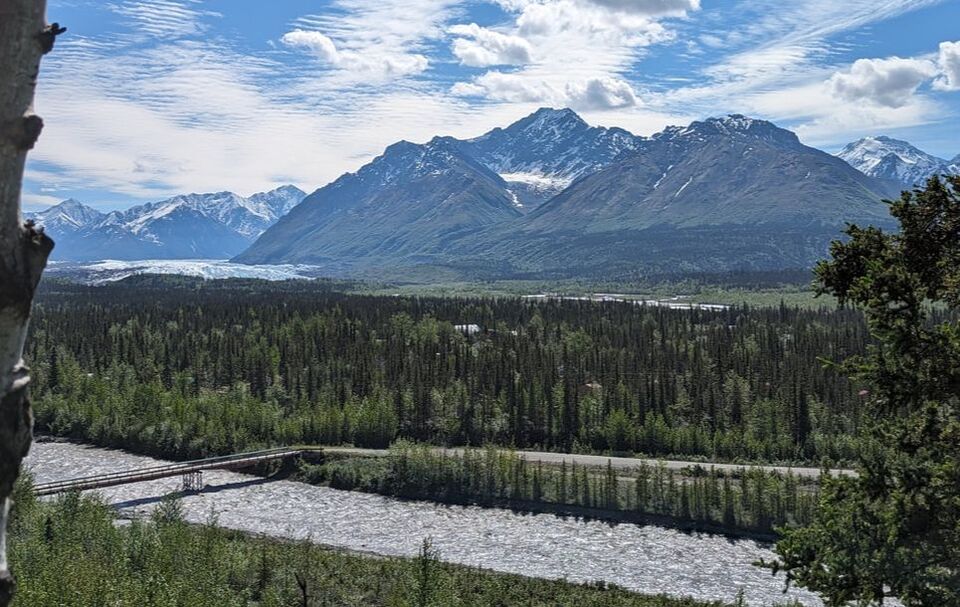

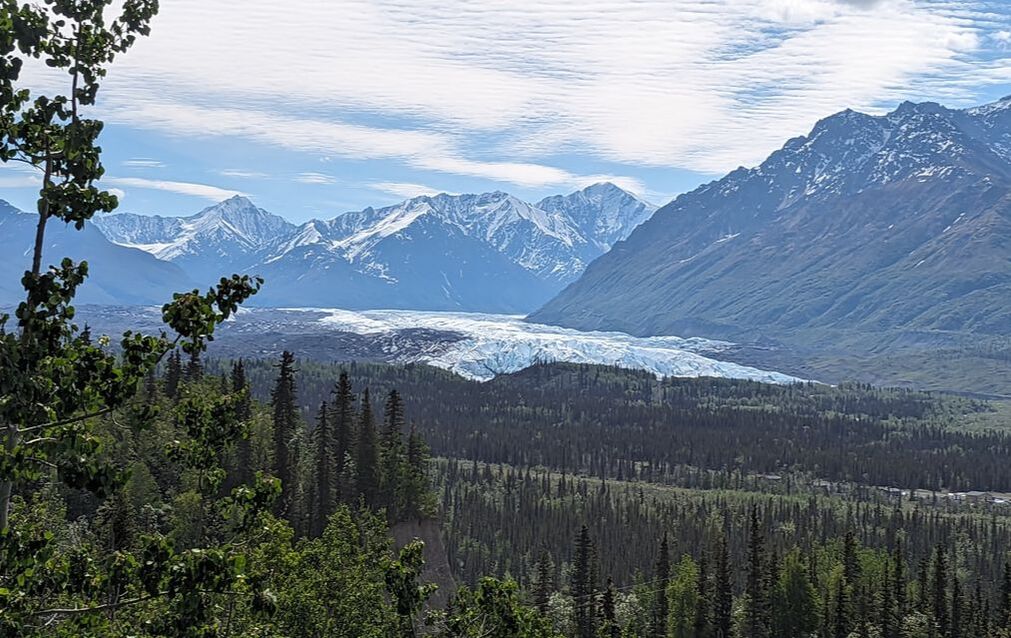
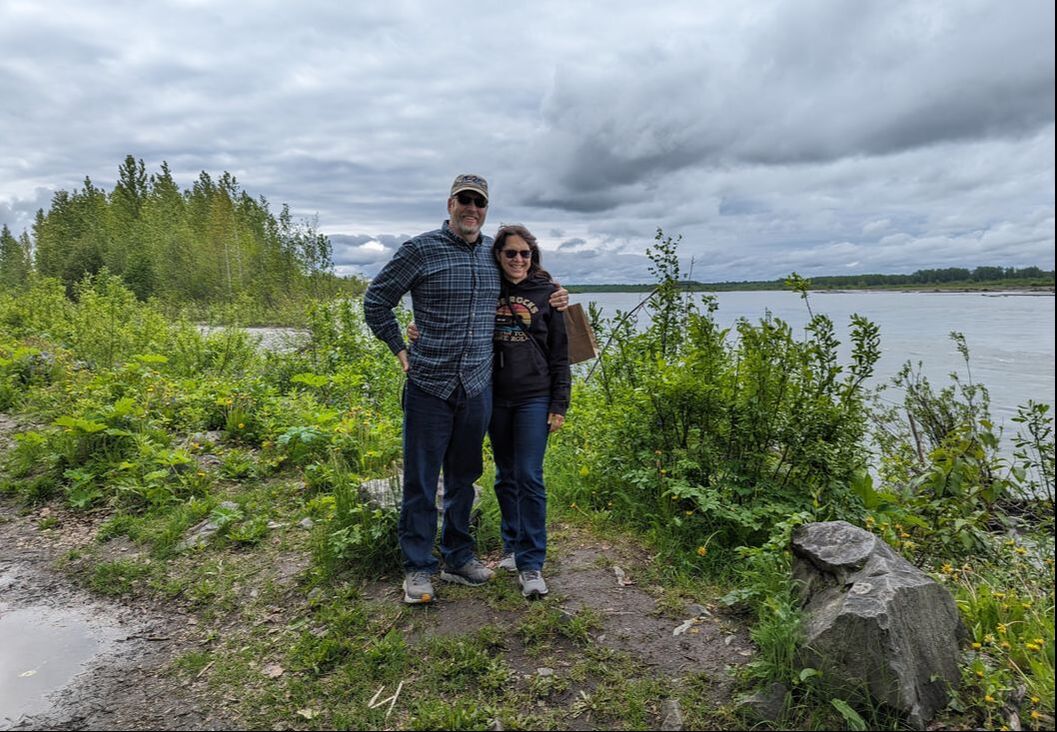
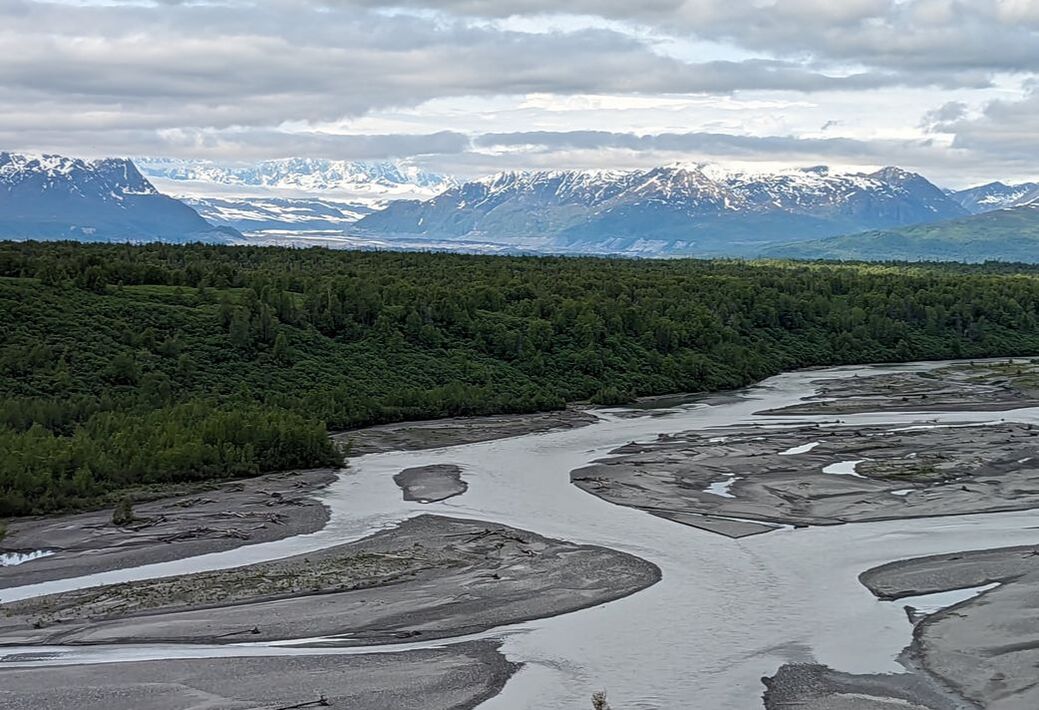
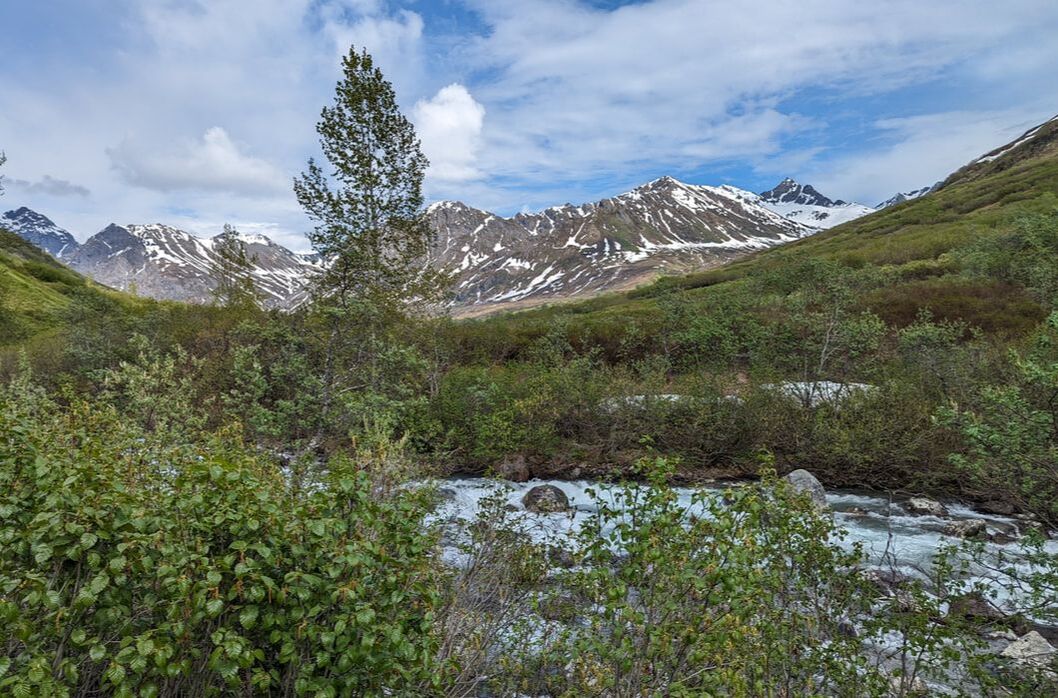
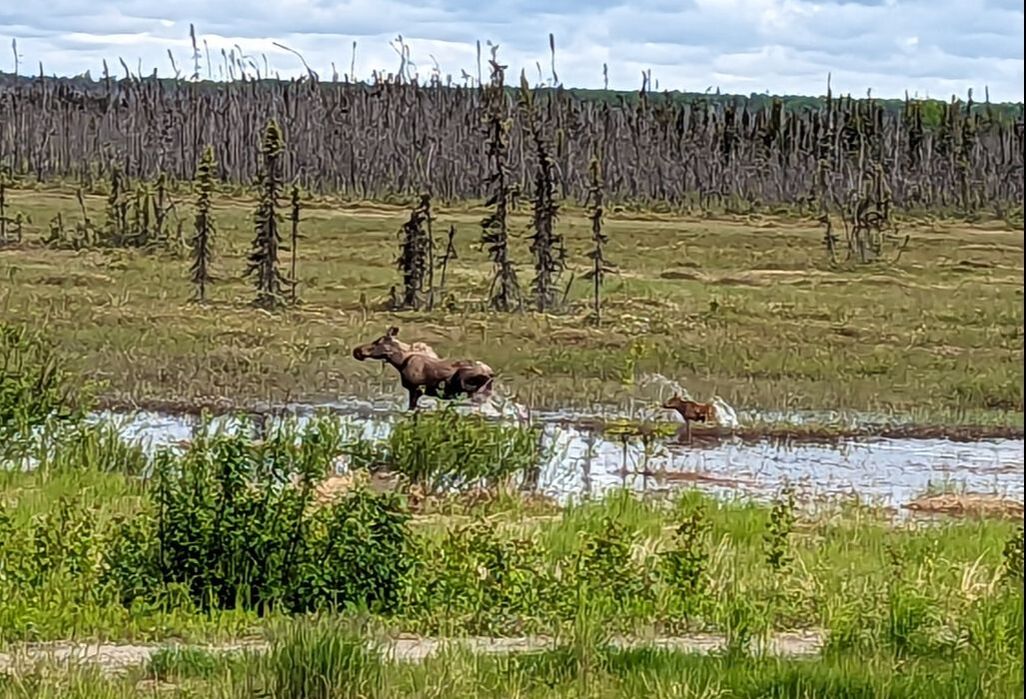
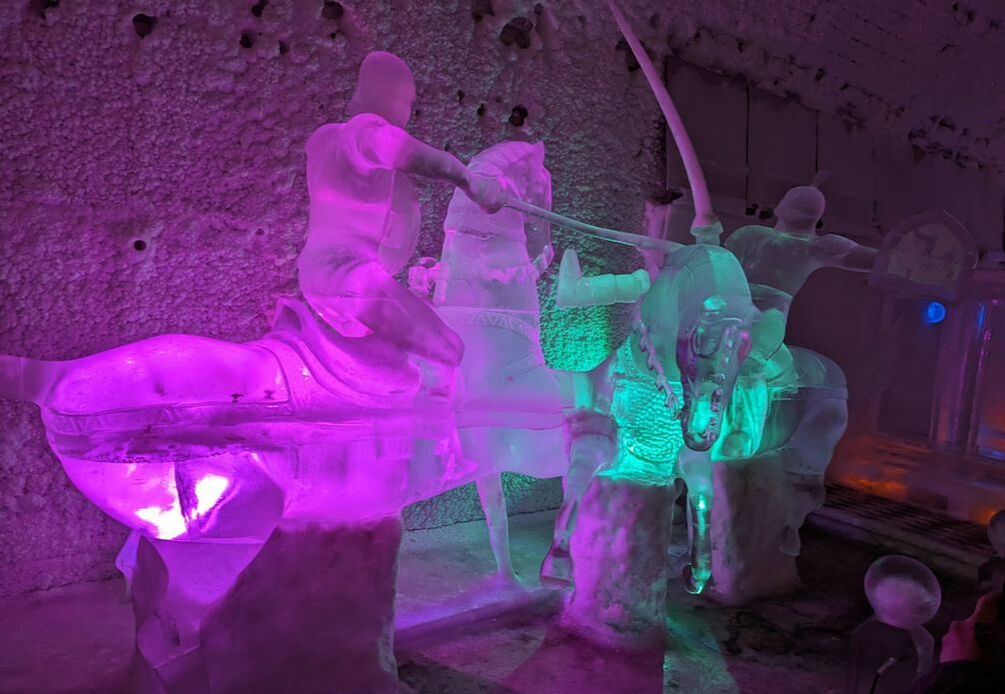
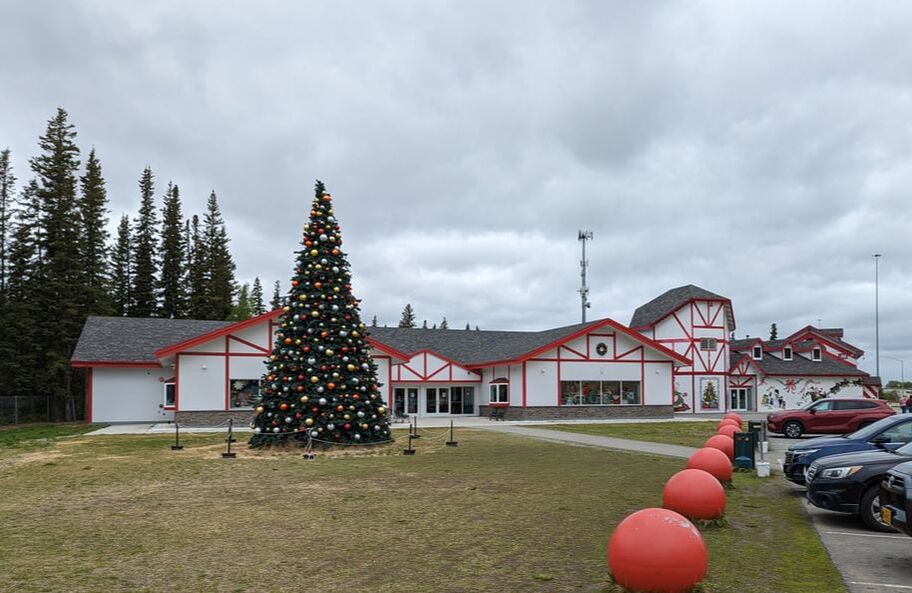

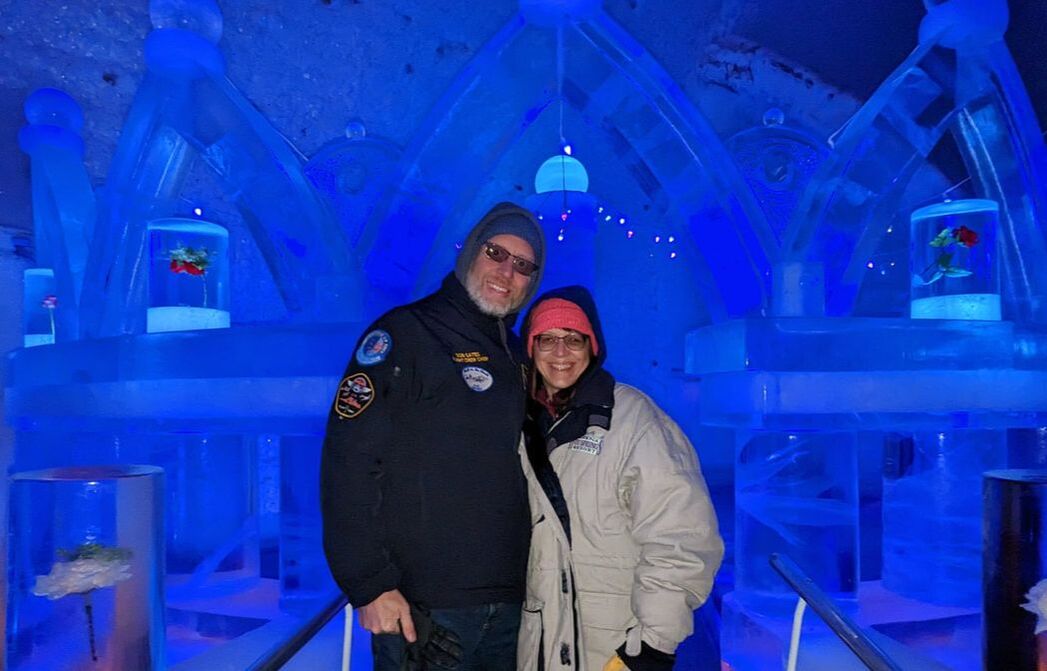
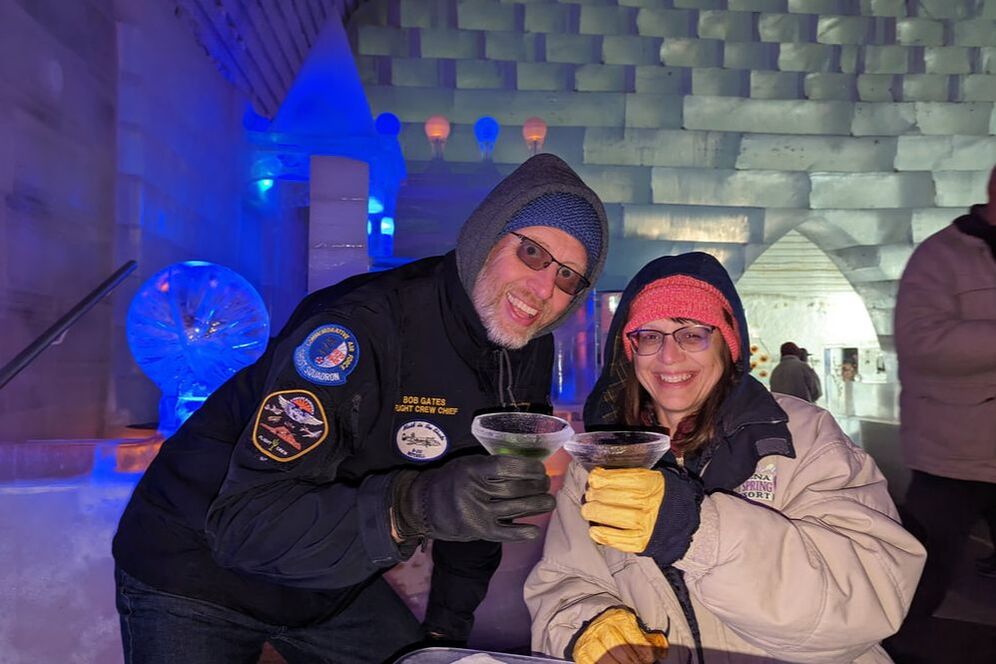
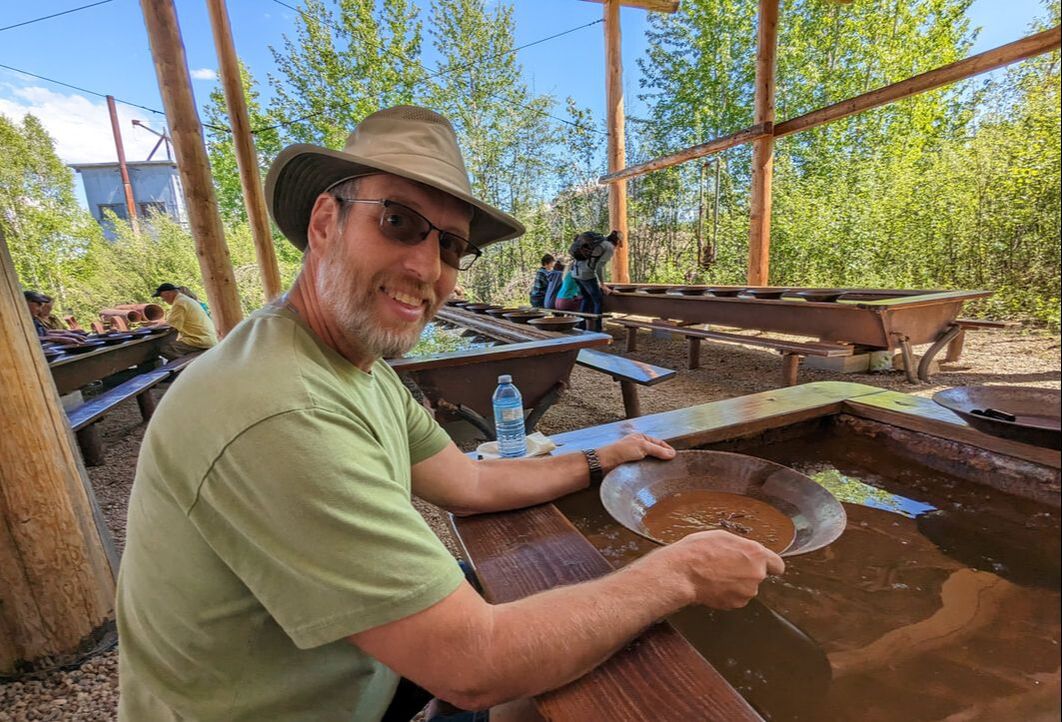
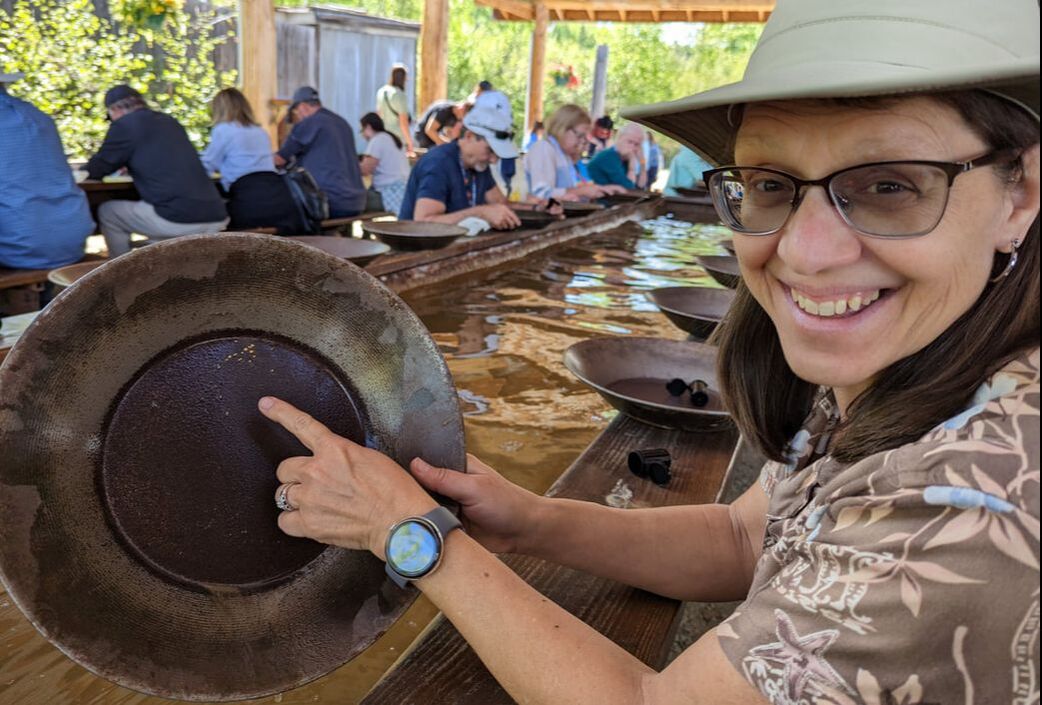
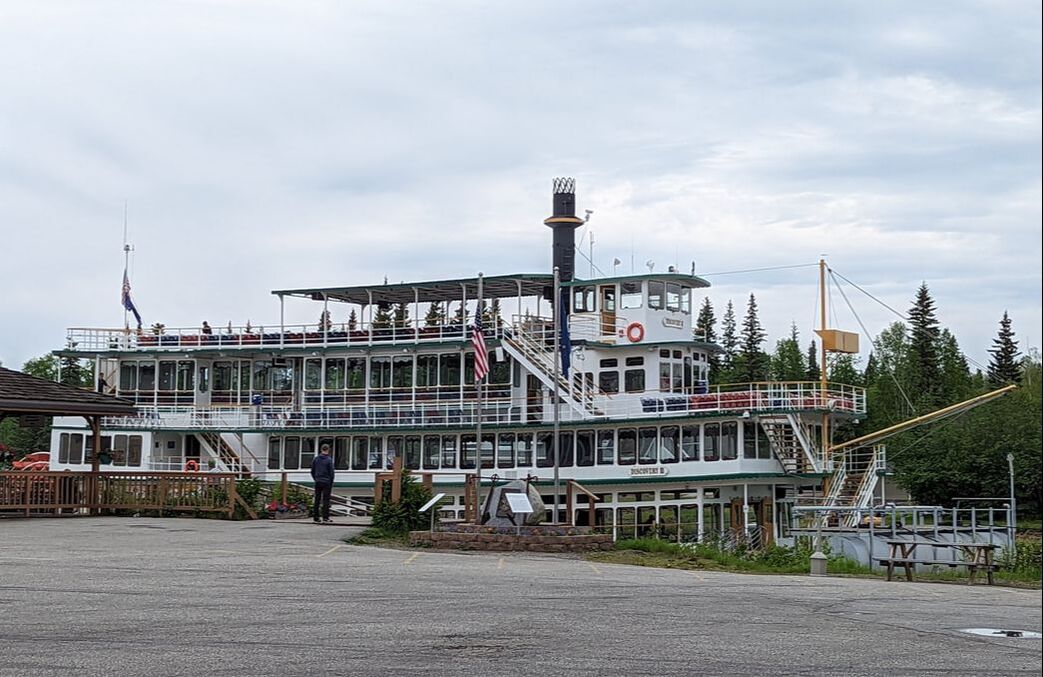
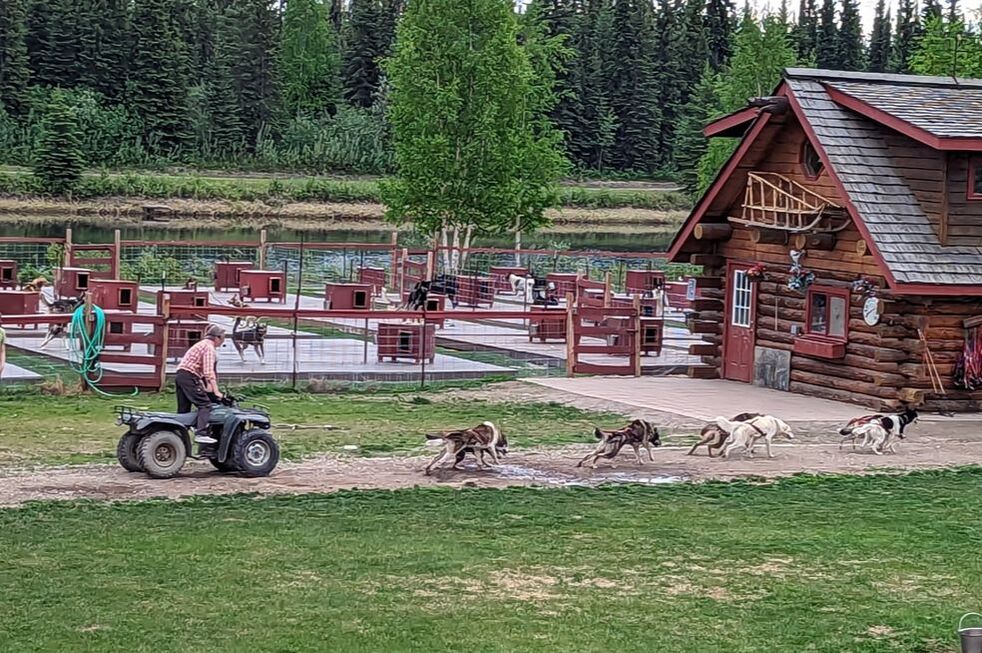
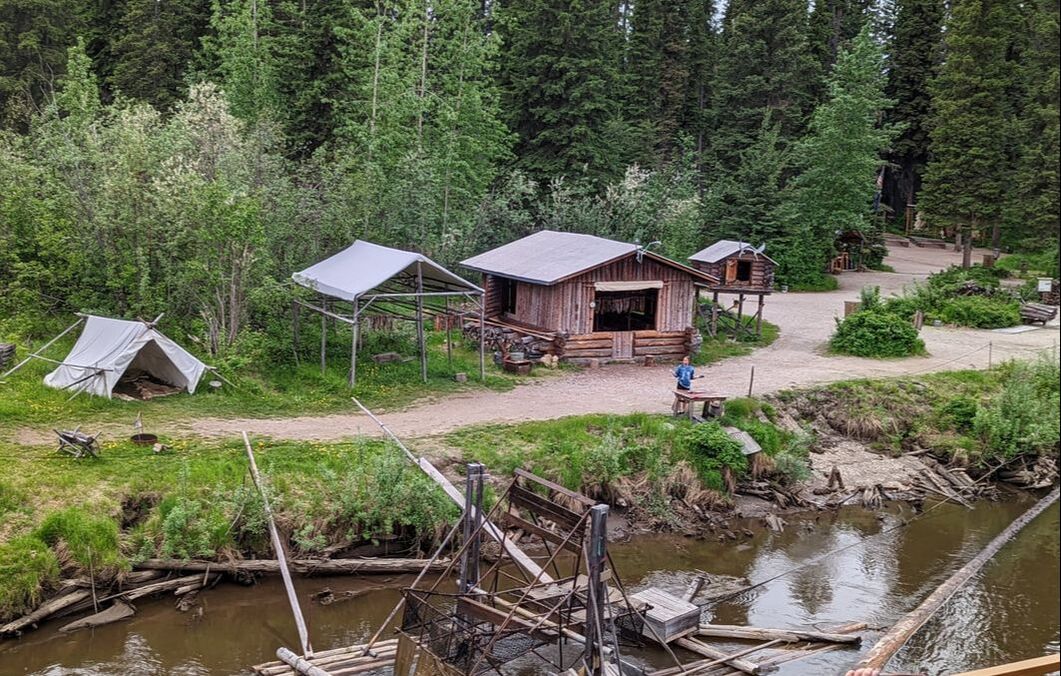

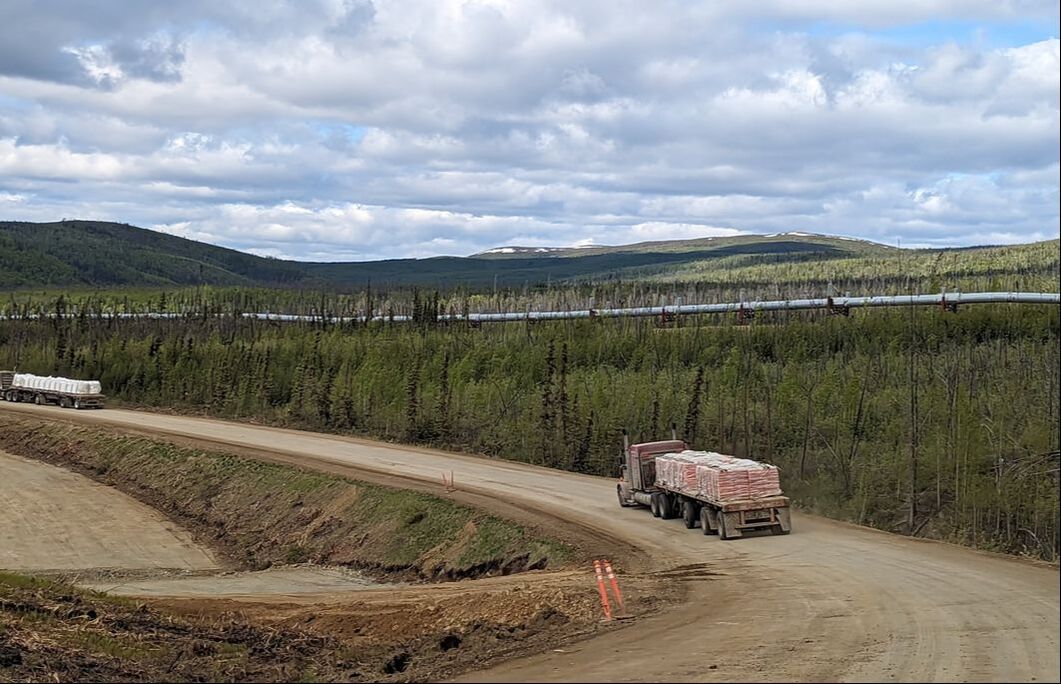
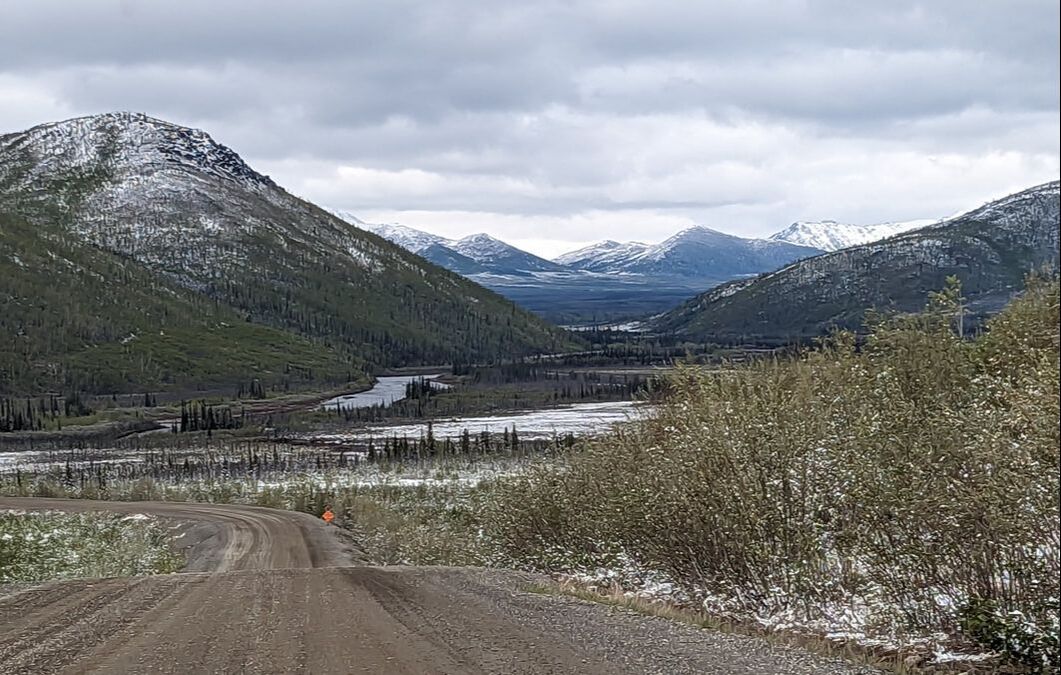
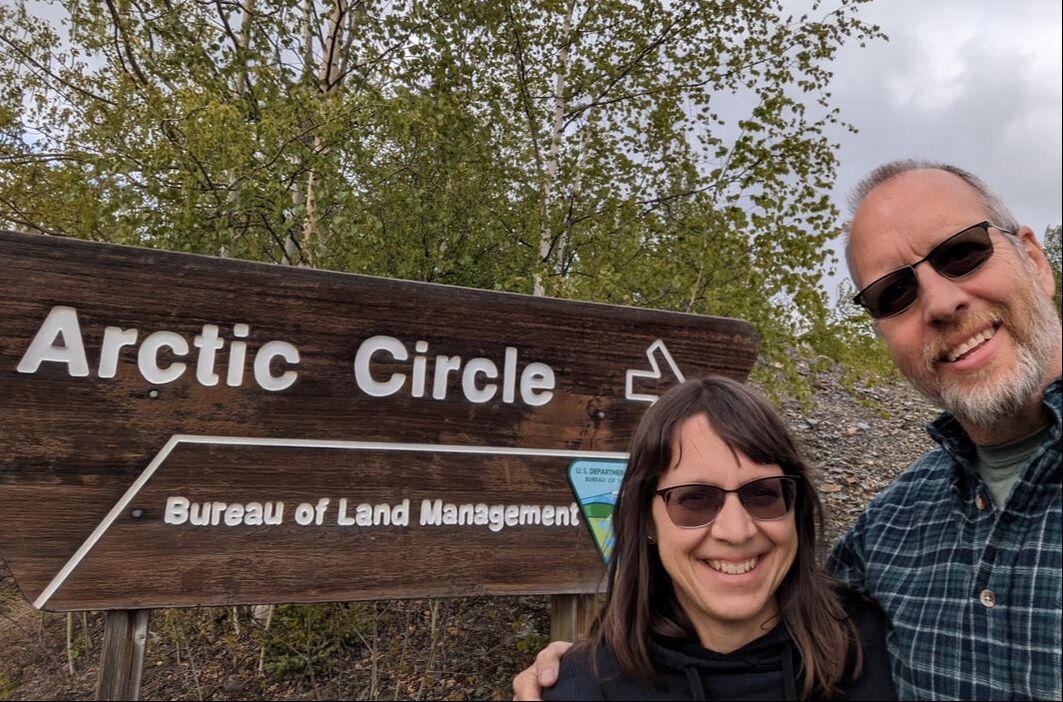

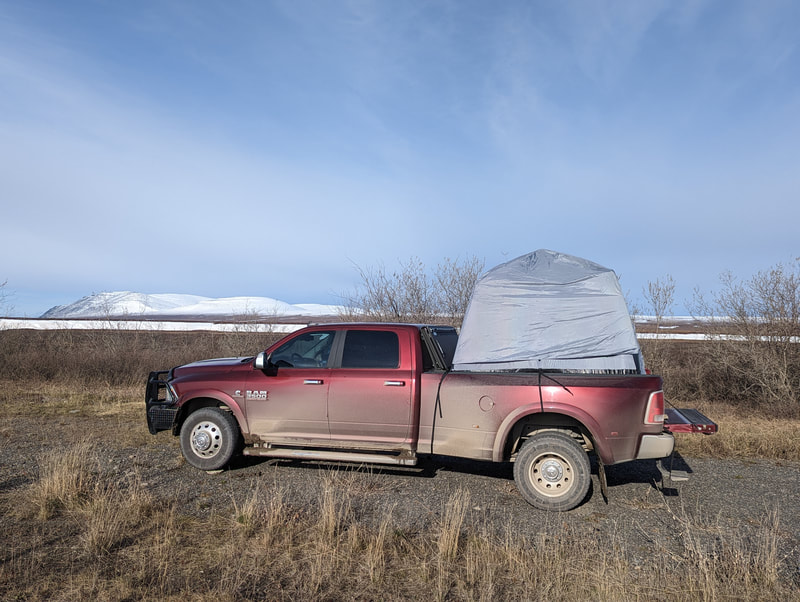
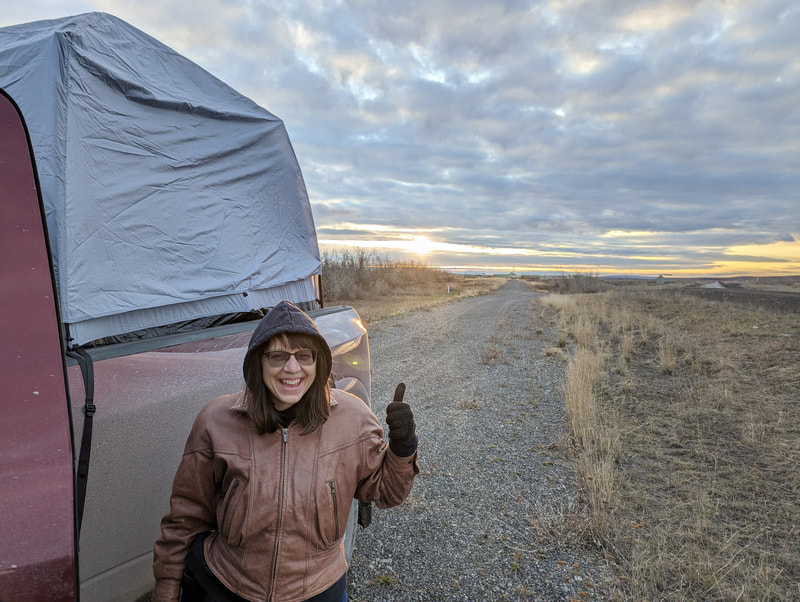
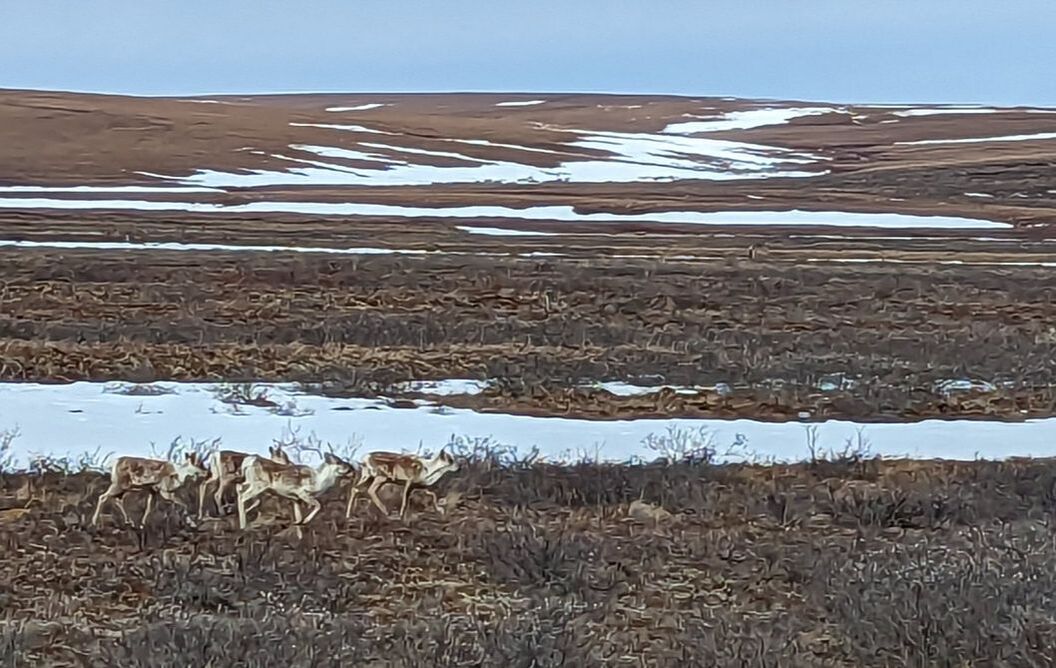
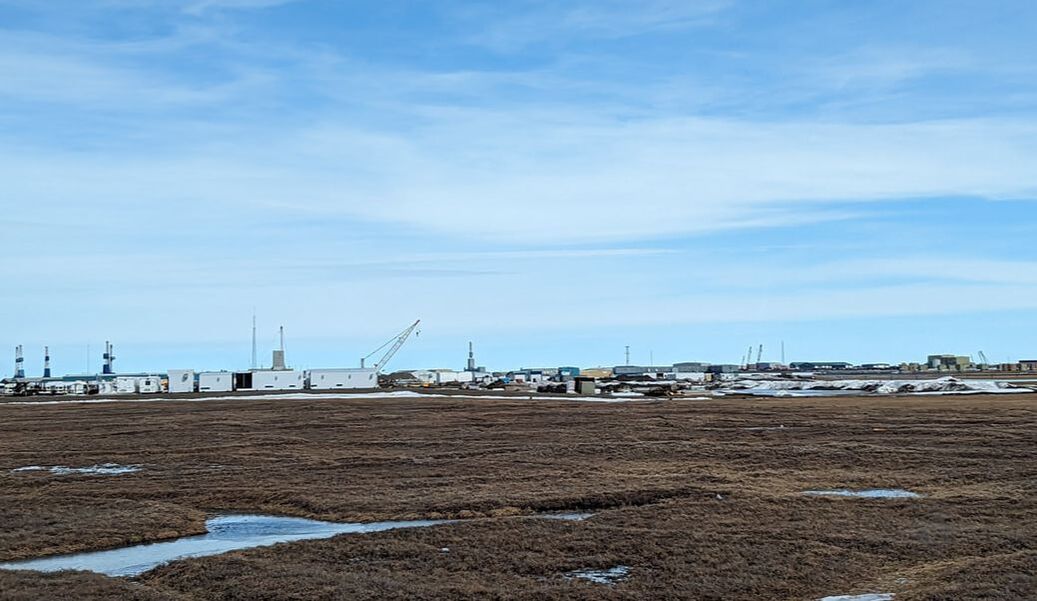
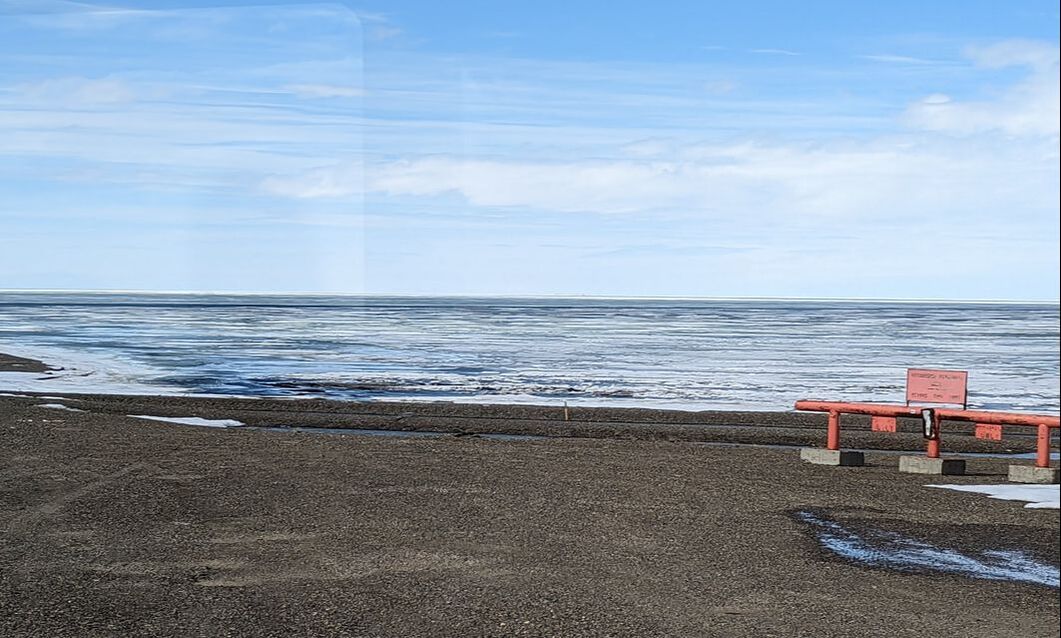
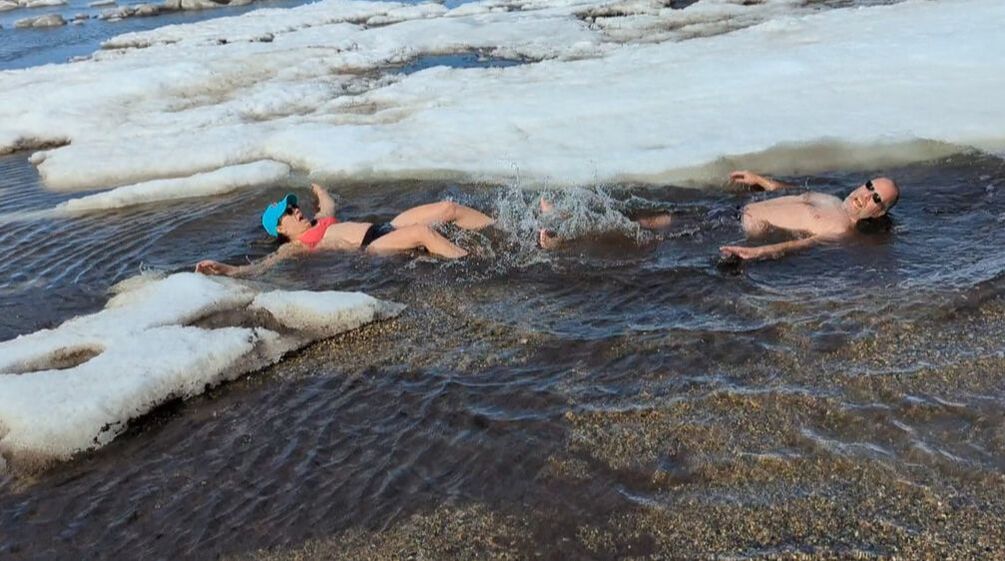
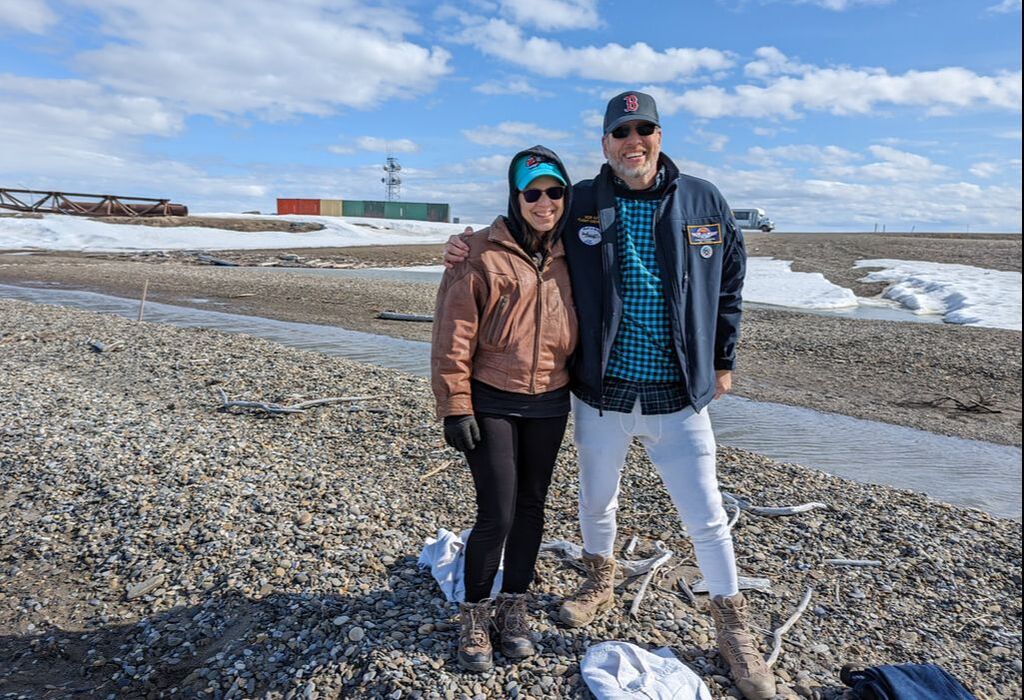
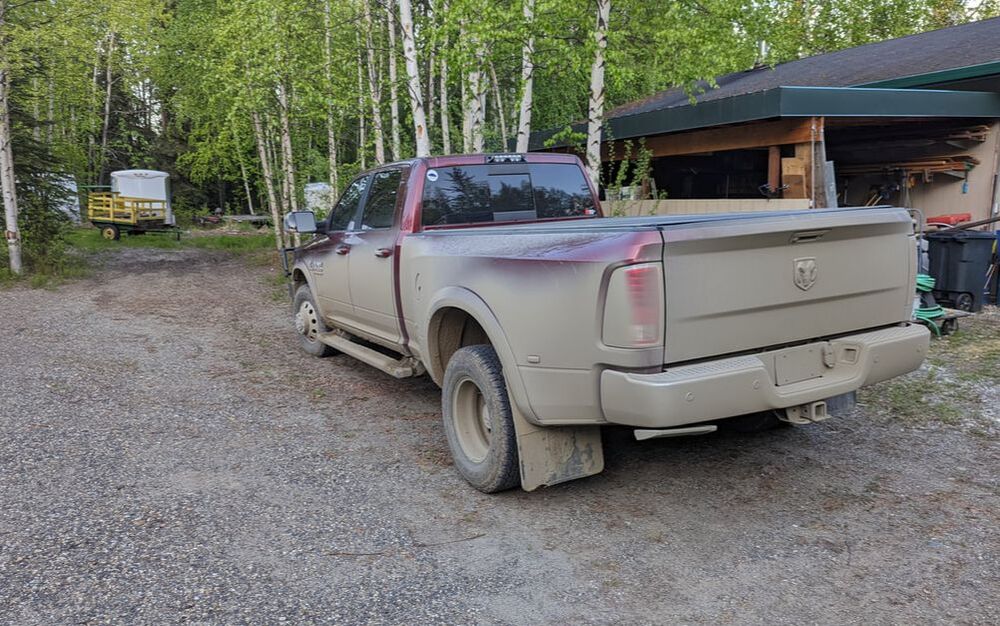
 RSS Feed
RSS Feed